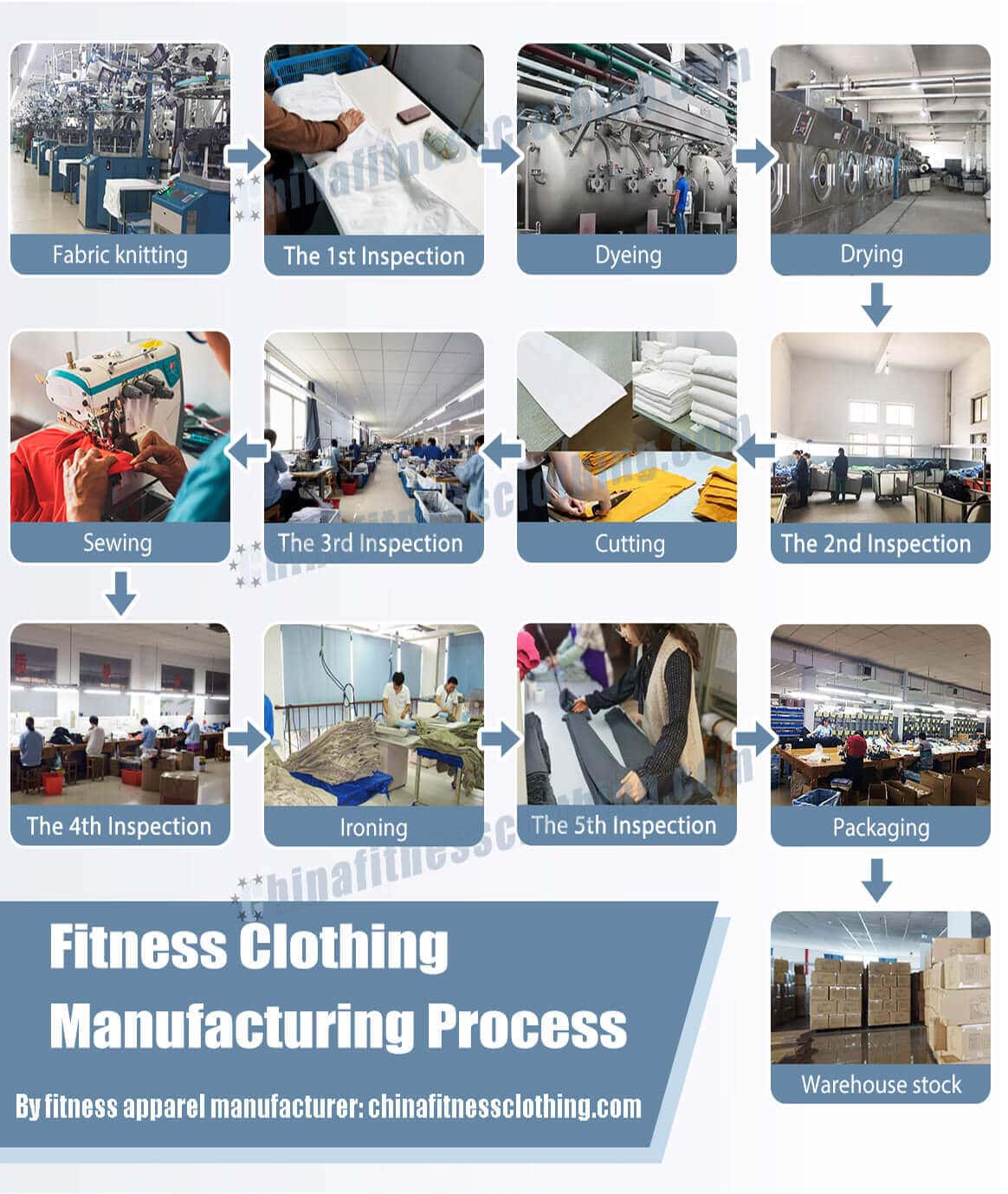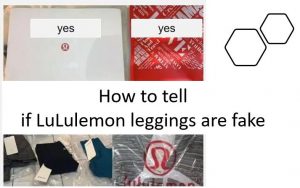What is LDP shipping? Do you know LDP shipping for Textile And Apparel Exports to the United States? LDP is the abbreviation of “landed duty paid”, and DDP is the abbreviation of “delivered duty paid”.
LDP/DDP=FOB price + destination country tax + freight + customs clearance fees. The consignor is responsible for all costs and corresponding responsibilities, and the consignee only needs to wait for the goods to be received in the warehouse.
All need to be delivered to the door. The entire process is from the factory to the US warehouse, including cargo transportation, insurance and US customs clearance, tax payment, and delivery.
The US LDP shipping is equivalent to the US DDP shipping, and these two terms are often encountered when dealing with US customers. In an official sense, DDP requires the designated port of destination customs clearance company to do customs clearance, but LDP does not. Americans are often confused. What they say is that they want the supplier to complete the whole process. DDP is commonly used internationally, but Americans call it LDP more often.

Why Have So Many American Customers Demanded LDP Terms for Trade in Recent Years?
Many apparel companies have reported that recently, many American customers have requested that FOB shipping terms be changed to LDP shipping, because American customers want to fix their costs, reduce their risks, and conduct trade transactions in the most convenient way for them. They even want to reduce their own costs, and hope that exporters can supply them at low prices and deliver them to the door.
Everyone in business wants to maximize profits and minimize risks. Therefore, American customers prefer the shipper to deliver goods directly to the door. Generally, buyers who want to do LDP shipping place a relatively large amount of orders. As long as the goods are not contraband and the goods and information are accurate, both China and the United States have formal double clearance, and there is no risk of fraudulent reporting. As long as the seller and the buyer make a sound sales contract and control the payment link, the risk can also be reduced.
Due to the increasingly fierce market competition in recent years, China’s garment and textile export enterprises can only survive in the cracks and walk on the edge of zero profit. The trading form of LDP occupies a very important place in the current textile export trade. Due to the flexible and changeable forms of reasonable tax avoidance, it has been favored by many buyers and sellers of Sino-US trading companies. Under this type of trade, cargo rights guarantee and customs clearance rate have become the key to all transportation links.
It is understood that most compradors or buyers established in China by foreign countries will choose DDP/LDP trade terms for purchase because the cost is controllable. The gross profit margin of the clothing textile industry is between 5% and 10%. Because of the low gross profit, the price of logistics freight is more important when exporting to the United States, and the logistics cost is saved to increase the gross profit of clothing textiles.
In other words, most American customers now hope that suppliers will use this method to make transactions. Current market feedback: Now customers usually ask suppliers to quote FOB and LDP prices, so that they can choose based on price and advantage.
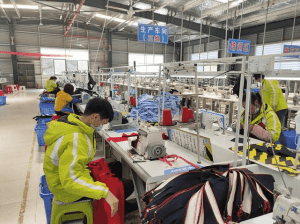
What Is Cargo Rights Guarantee?
When factories and foreign trade companies receive LDP orders, they are most worried about the following four problems:
- The payment problem. The US LDP’s operating mode is convenient for buyers, so the cooperative volume of this transaction method is destined to be more stable than other FOB and CIF. We generally recommend shipper to collect the payment before delivery. Because the rights of the goods are in the hands of the seller before delivery, once the goods are delivered, the rights of the goods cannot be guaranteed.
- Freight forwarding is not professional. At first, in order to solicit the goods, they found that the customs clearance procedures were not complete after the goods arrived at the port of destination, which made it impossible for shipper to temporarily replace the freight forwarder. After the goods arrived at the port, they searched the whole world for an agent to undertake. Finally, the original delivery date was delayed.
- The freight forwarder turned a few hands, and the information obtained was lagging behind. Whether the goods arrive at the port, whether the customs clearance of the United States is released, and when to make an appointment with the consignee for delivery, the information has been greatly reduced when the information is finally implemented to shipper, making shipper in a passive state.
- The risk of LDP shipping in the United States. Our company is specialized in operating LDP shipping business in the United States, and is familiar with all operation details and processes. We clearly know what foundation must be established for “no risk” and “risk reduction”.
In fact, although the US LDP shipping involves the risk of customs clearance in two countries. However, as long as the goods are not imitation brands or contraband, the customs will not impound the goods randomly. As long as the goods and materials are accurate, both China and the United States have formal double clearance, there is no fraudulent report, and the risk is naturally resolved. Both the seller and the seller should make a sound purchase and sale contract and control the collection process.
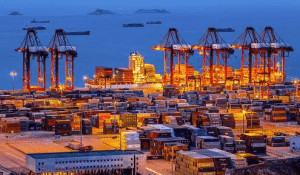
Precautions For Operating LDP Shipping
Under such special terms, the following five points will become the points needing attention in the whole transportation:
- The smooth customs clearance of import at the destination port: since all the overall transportation matters are handled by the freight transport agent, the success of customs clearance at the destination port depends entirely on: whether the local customs import record of the third trading party is good; whether the operation record of the Freight Forwarder at the local customs is good; whether the customs clearance qualification of the local customs clearance bank is excellent;
- Due to the strong seasonality of LDP clothing transportation, there are strict requirements for transportation time. Under normal circumstances, full container cargo can be delivered within 3 working days after arrival, while LCL distribution will be delayed by 1-2 days.
- In the actual operation process, the requirements on the documents are high. The data should be as accurate as possible when the customs declaration is made. AMS and ISF should not be changed. If it is LCL and the number of air freight containers is not correct, it must be changed. If the difference between the data of full container by sea is not large, do not change it. The bill of lading should be concise and clear at a glance.
- If you are making branded goods, you must make the consignee ready for authorization so that it can be provided in time for customs inspection to avoid high storage costs and demurrage charges caused by untimely issuance.
- In case of random inspection by the customs, the goods can be picked up within 5 working days after the goods arrive at the port under normal conditions. If it is X-ray inspection, under normal circumstances, NY will be slightly slower in 3 working days. All inspection fees are supported by documents.
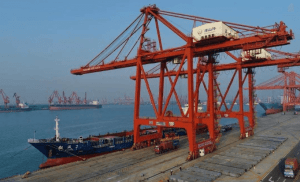
What Are the Risks of LDP Shipping?
I understand that many suppliers are reluctant to touch this clause. The reasons given are mostly “the risk is too high, we don’t do it”, “we only do FOB and don’t want to do LDP”, and what if something goes wrong with LDP We don’t dare to take risks” and so on.
The main risks of LDP are divided into three sections:
- 1. Transportation risks exist in the entire transportation process. Transportation methods include land, sea and air. Transportation risks can be insured by commercial insurance, which can cover the entire journey or a section.
- 2. Customs clearance risks. LDP suppliers are very important. You must choose a reliable and powerful supplier, understand the establishment time, qualifications, professional capabilities, and market reputation. It is best to conduct on-site inspections of the office space. There have been instances in the market where suppliers have disappeared directly, leading to various additional costs for goods at the destination port.
- 3. The risk of payment. As a supplier, all the work in the early stage is for the purpose of receiving payment. SINOSURE is recommended. SINOSURE guarantees the risk of collection. Even if the purchaser goes bankrupt, the purchaser’s bank goes bankrupt, or even political turmoil occurs in the country, SINOSURE can make compensation, including malicious rejection.
For exporters, LDP is relatively risky. The more the links are responsible, the greater the responsibilities. It is necessary to bear the production links of the entire batch of goods, but also to bear the costs of the entire transportation, as well as the additional costs incurred by various accidents, and the time for the entire transportation. The seller is responsible for both China’s import customs clearance and the United States’ import customs clearance. This will involve the risks caused by changes in the trade policies and customs regulations of the two countries. Fortunately, the laws in the United States are relatively complete, and Sino-US trade relations are relatively stable.
As long as the goods are not imitation brands or contraband, the customs will not impound the goods indiscriminately. If you are worried that the buyer will default on the payment, let alone LDP, even the FOB or even the ex-factory price may be fraudulent. So it is not the shipping terms that determine the buyer’s credibility.
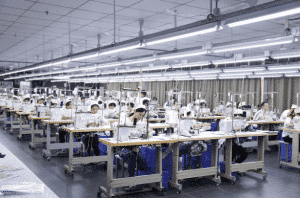
What Are the Advantages of LDP Shipping?
LDP actually has great advantages for both sellers and buyers. First of all, for sellers:
- 1. Control of cargo rights. Because the seller is responsible for the entire LDP process from shipment to delivery, naturally the entire right to the goods is in the hands of the seller, which helps to deal with the collection problem well.
- 2. Profit growth. The profit of LDP is more than that of FOB, and FOB competition is under great pressure. The cost is also relatively transparent. Because in LDP term, the seller is responsible for the entire transportation of the goods, and helps buyers to avoid taxes reasonably and reduce costs. So there will be a certain profit on the quotation.
- 3. It can increase the diversity of orders, after all, there are multiple trading methods and multiple transaction possibilities.
The main advantages for buyers: saving time, saving taxes, saving sales tax.
In addition to the above, I personally think that the biggest advantage of LDP is to help obtain orders. Because now LDP has gradually become a trade trend between China and the United States, and the momentum is very strong. To tell the truth, now customers request that there is still a choice whether or not to do LDP. In the future, if most customers prefer LDP prices, and you are not willing to do it, many other suppliers will do it.
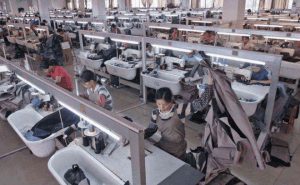
LDP Shipping Suppliers—An Important Factor
To operate LDP, the most important factor is to find a reliable LDP supplier to avoid unnecessary risks and losses due to unprofessional, poor, and random operations.
U.S. LDP quotes mainly consist of ocean freight, U.S. customs clearance fees, U.S. taxes, and U.S. delivery fees. For accurate LDP shipments, you need to inform the name of the garment (men’s or women’s, knitted or woven), composition, number of pieces, and pictures , Volume, weight, unit price, delivery address (ZIP), etc. A professional LDP supplier can estimate the approximate door-to-door cost of a piece of clothing from the port of departure to the customer’s warehouse in the United States in about ten minutes.
In addition, a detailed table can be made to list various fees and precautions to facilitate the understanding of guests. The most important point is that if the supplier is professional enough, he must be very familiar with the various tax rates of clothing, and there will even be a table of import tax rates for common clothing exports to the United States for customers’ reference!
Therefore, you must look for professional and reliable freight forwarders. The current LDP trend is slowly developing, and more and more “LDP freight forwarders” have emerged in the market. But most LDP freight forwarders are not a one-stop operation, they often cooperate with other agency companies. The most serious problem with this operation is: high prices, the presence of middlemen, and big problems in communication and docking!
Because there is a time difference between the United States and China. If the customer encounters a little problem with the goods, the customer will ask the forwarder, and then the forwarder will send an email to the foreign agent and wait for a reply. During this period, great communication difficulties and time lag occurred. Maybe small problems were not solved in time and turned into big problems.
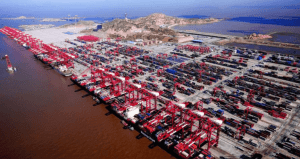
What is LDP Shipping Process?
- 1. Provide product packing list information, price, pictures and consignee address (the consignee can be more than one, and the warehouse can distribute the goods).
- 2. LDP suppliers provide a variety of shipping schedules or flights to choose from, and arrange transportation and customs declaration after confirmation.
- 3. After the goods arrive, notify the exporter, and then declare, clear customs and pay taxes to the US Customs.
- 4. After the goods are cleared, notify the exporter to confirm whether the goods can be delivered, and notify the purchaser after confirmation. Confirm the address → appointment time → delivery.
- 5. After the goods are delivered, the purchaser signs the POD (signature receipt), and scans the email to the exporter after signing the receipt.
- 6. Settle the expenses and complete this order
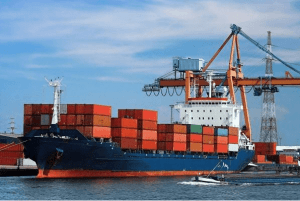
Brief Introduction to SINOSURE
It is recommended to use SINOSURE (China Export & Credit Insurance Corporation), which was established in 2001 and upgraded to a vice ministerial level central enterprise on March 17, 2012. SINOSURE is a national non-profit organization in China and one of the four policy financial institutions in China. It has a wide range of business, including short-term export credit insurance business and credit insurance trade financing business.
Short term export credit insurance is to protect the collection risk of our export trade. Credit insurance trade financing, different from the traditional mortgage, pledge and guarantee loan, transfers the compensation rights and interests of SINOSURE to the bank. The bank can provide trade financing. The standard contract of China Export & Credit Insurance Corporation shall be signed by the three parties, and no bank shall be designated.

What is the insurance rate of SINOSURE? The insurance premium rate of SINOSURE mainly considers the scale of insurance (amount) and credit period. Under the same conditions, the larger the insurance scale, the shorter the credit period, the lower the rate. Other influencing factors include exporting countries, the quality of buyers (credit) and so on.
In order to encourage export, Chinese government will subsidize the insured enterprises. Take Futian District of Shenzhen as an example, the trading companies in Futian District take out insurance. The Shenzhen municipal government subsidizes 40% of the premium, the Futian District government subsidizes 40%, and the enterprises in Futian district only need to pay 20%. Nanshan District has a higher subsidy of 50%. Some enterprises that export less than 5 million US dollars will be exempted from insurance premium.
Due to the different policies in different places, the insurance conditions and preferential policies need to be consulted with the local SINOSURE.



